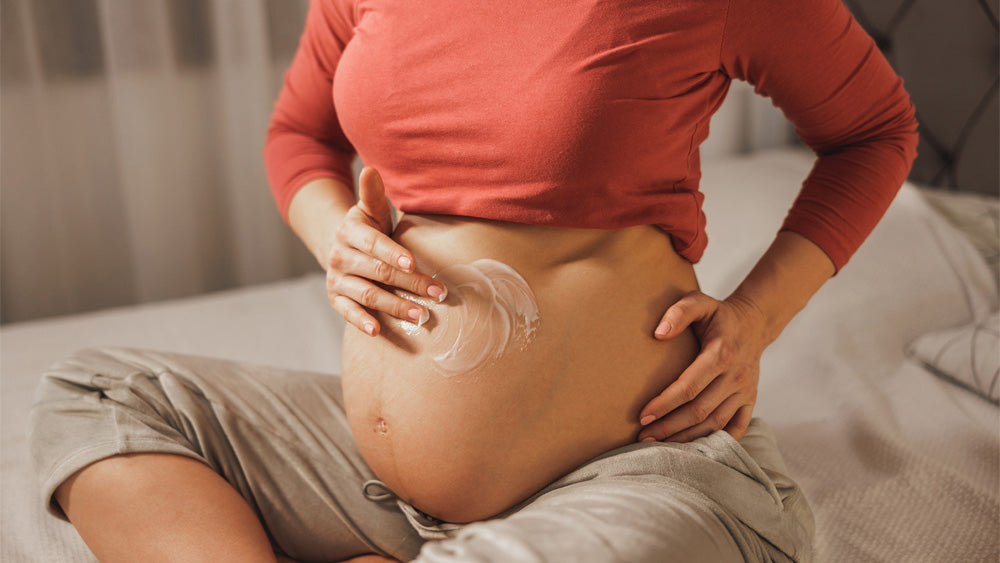Discover How to Minimise Stretch Marks During Pregnancy!
Pregnancy brings many joys and, for some, unwanted stretch marks. Learn effective strategies to prevent and treat them, keeping your skin as radiant as your smile. Dive into our full guide designed just for expecting moms like you!
Stretch Marks During Pregnancy: How to Prevent and Treat Them
Stretch marks are often referred to as the less welcome gifts of pregnancy. However, with the right approach, their appearance can be minimised and even made nearly invisible if they've already appeared. Here's a guide, tailored especially for expecting mothers, on preventing and managing stretch marks.
Understanding Stretch Marks
Stretch marks, or striae gravidarum in medical terms, often develop during pregnancy due to a combination of hormonal changes and weight gain. The areas most affected are typically the stomach, hips, thighs, and chest. As the skin stretches rapidly, its underlying elastic and collagen fibers can break down, exacerbated by hormones like cortisol and estrogens which impair fibroblasts—cells vital for maintaining skin's elasticity and strength. Although common, their occurrence is not inevitable with proper care.
Preventive Measures
- Early and Regular Treatment: Addressing stretch marks proactively from the first month of pregnancy is key. The earlier and more regularly you treat your skin, the better your chances of preventing stretch marks.
- Manage Weight Gain Sensibly: Avoid excessive weight gain by maintaining a healthy diet. Steering clear of frequent indulgences in sugary treats can help manage stretch risk effectively.
- Daily Skin Care Routine: Dedicate time each day to care for your skin. Regular moisturising and gentle exfoliation can enhance skin elasticity and strength.
Essential Skin Care Practices
Hydration and Exfoliation: Post-shower, apply a moisturiser over your entire body to hydrate and improve skin tone. Once a week, use a gentle exfoliant designed for sensitive skin to enhance the absorption of moisturising products and keep your skin soft.
Massage and Specialised Creams: Use pregnancy-safe creams that are rich in natural ingredients to support the production of collagen and elastin. Apply these creams with thorough, circular massage motions rather than a quick rub, to stimulate the skin’s natural regenerative processes.
Post-Pregnancy Care
- Even after childbirth, some stretch marks may remain, but they typically fade over time. Enhancing their reduction can be efficiently managed through targeted treatments:
Ultra-Targeted Treatment: Look for creams that combine natural ingredients, vitamins, and trace elements. Apply these products twice daily with a massage technique known as palpating-rolling (palpate-roll is a massage that requires a particular technique, because it consists of pinching the skin with vivacity, rolling it, and kneading it while respecting the directions of the blood and lymphatic circulation) to maximise their effectiveness. - Intensive Treatment Options: If stretch marks are particularly bothersome, consider treatments like micro-dermabrasion or laser therapy. These methods can significantly reduce the visibility of stretch marks, although complete removal might not be achieved.
Conclusion
Preventing and treating stretch marks during and after pregnancy requires a combination of proactive skin care and specific treatments. By understanding the causes and actively engaging in prevention strategies, you can significantly reduce their appearance, keeping your skin as smooth and resilient as possible during this beautiful phase of life.
Shop the collection here

